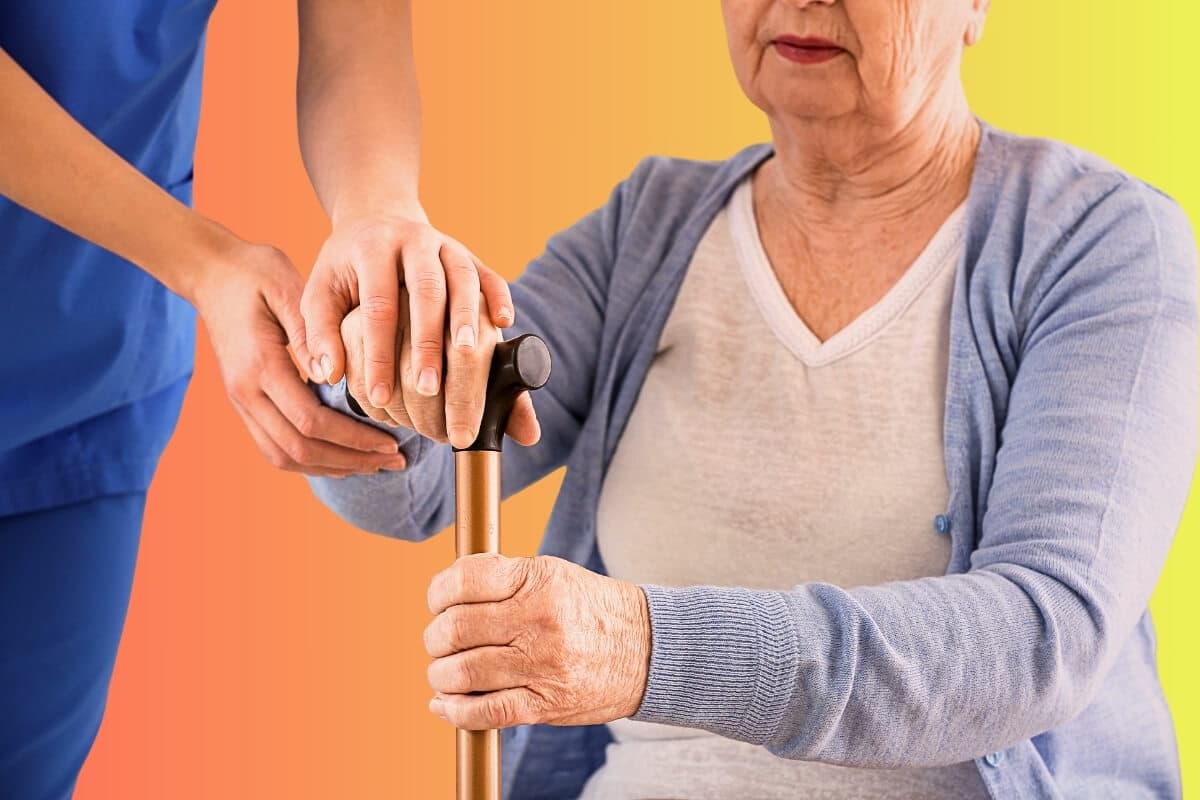Caregiver Tips for Loved Ones with Parkinson's
As a caregiver for someone with Parkinson's disease, you play a vital role in their daily quality of life. There's no doubt caring for a loved one can be challenging and emotionall draining, yet your efforts are incredibly meaningful and can at times bring a strong sense of fulfillment."
In this article, we'll provide you with information about Parkinson's disease, its symptoms, treatment options, and the challenges of caregiving for a relative with this ailment. We'll also offer tips and resources to help you navigate this difficult journey.
My mother-in-law fought like hell to avoid going into an assisted living facility with full-time care but her needs grew to be extreme. Many people’s whole personality changes with Parkinson’s disease. As one doctor explained to me, there are areas of the brain with holes in it. The patient fights a lot of depression and anxiety when dealing with this, too. To be honest, there is really no perfect solution with caring for Parkinson’s. All I know for sure is the care needs will grow over time, so make sure you have a plan to deal with them and care for yourself, too. It’s hard to watch your loved one with Parkinson’s become a shell of themselves because in some ways it feels like you’re losing them over and over again. But remember, as their caregiver, you’re everything to them and they need you.
- Anonymous
What is Parkinson's?
Parkinson's disease is a neurodegenerative disorder that affects movement. It is characterized by tremors, stiffness, and slowed movement. The exact cause of Parkinson's is unknown, but it's believed to be related to a combination of genetic and environmental factors. Diagnosis most often occurs in people over the age of 60, although some are diagnosed earlier.
What to Expect
When caring for someone with Parkinson's, you can expect to face challenges in daily life, such as meal preparation, bathing, and dressing. You may also need to manage medications and treatment plans. It's essential to be patient and understanding, as your loved one may experience anxiety, depression, or frustration.
In Their Shoes
Imagine your body no longer follows your lead. Your hand trembles as you reach for a cup, your foot hesitates to take a step, your voice grows softer even when your mind is clear. Tasks that used to be automatic now take focus, patience, and sometimes help. You may feel frustration when your movements slow, when your face doesn’t show what you feel, or when others mistake your quietness for confusion. There are good days—when the medications align just right—and harder days, when stiffness or shaking makes the world feel unsteady. You grieve what’s changed, but you also adapt. Because you are still very much here: thinking, feeling, wanting to connect, to contribute, to live with purpose. What matters most is not being rushed, judged, or overlooked—but being met with respect. To be seen not for your symptoms, but for the steady courage it takes to live each day in a body that moves differently than it used to.Setting Goals
Setting goals for yourself and your loved one can help you navigate this journey together. Some examples of goals include:
- Improving mobility and balance
- Managing medications and treatment plans
- Maintaining a healthy diet and exercise routine
- Staying connected with friends and family
If your loved one suffers from any mobility-related issues associated with their condition, help with balance, but don’t rush them. Remember that autonomy builds dignity.
To set goals, try the following:
- Discuss your goals with your loved one and identify their priorities.
- Break down larger goals into smaller, manageable tasks.
- Create a schedule or plan to achieve these tasks.
- Review and adjust your goals regularly.
High Level Plan
Here is a high-level plan for caregivers:
- Assess Your Loved One's Needs: Identify physical, emotional, and social needs. Pay close attention to symptoms such as tremors, stiffness, slowed movement, and changes in speech or facial expression, which may require specific types of assistance.
- Create a Caregiving Schedule: Develop a schedule to manage daily tasks and responsibilities. Parkinson’s symptoms can fluctuate throughout the day, so it’s helpful to plan more demanding activities during times when medication is most effective—often referred to as "on" periods.
- Seek Support: Connect with other caregivers, support groups, or online resources for guidance and assistance. Join HeroGeneration to find more help.
- Monitor Progress: Regularly review your loved one's progress and adjust the care plan as needed. Because Parkinson’s is a progressive disorder, you may notice gradual changes in mobility, mood, and cognitive function, which will require ongoing adaptation in caregiving strategies.
Online Resources for Caregivers
Navigating the caregiving journey can be challenging, but numerous online resources offer support:
- American Parkinson's Disease Association: Provides information on Parkinson’s disease, treatment options, and caregiver resources.
- National Parkinson Foundation: Offers education, advocacy, and research for people with Parkinson’s and their families.

